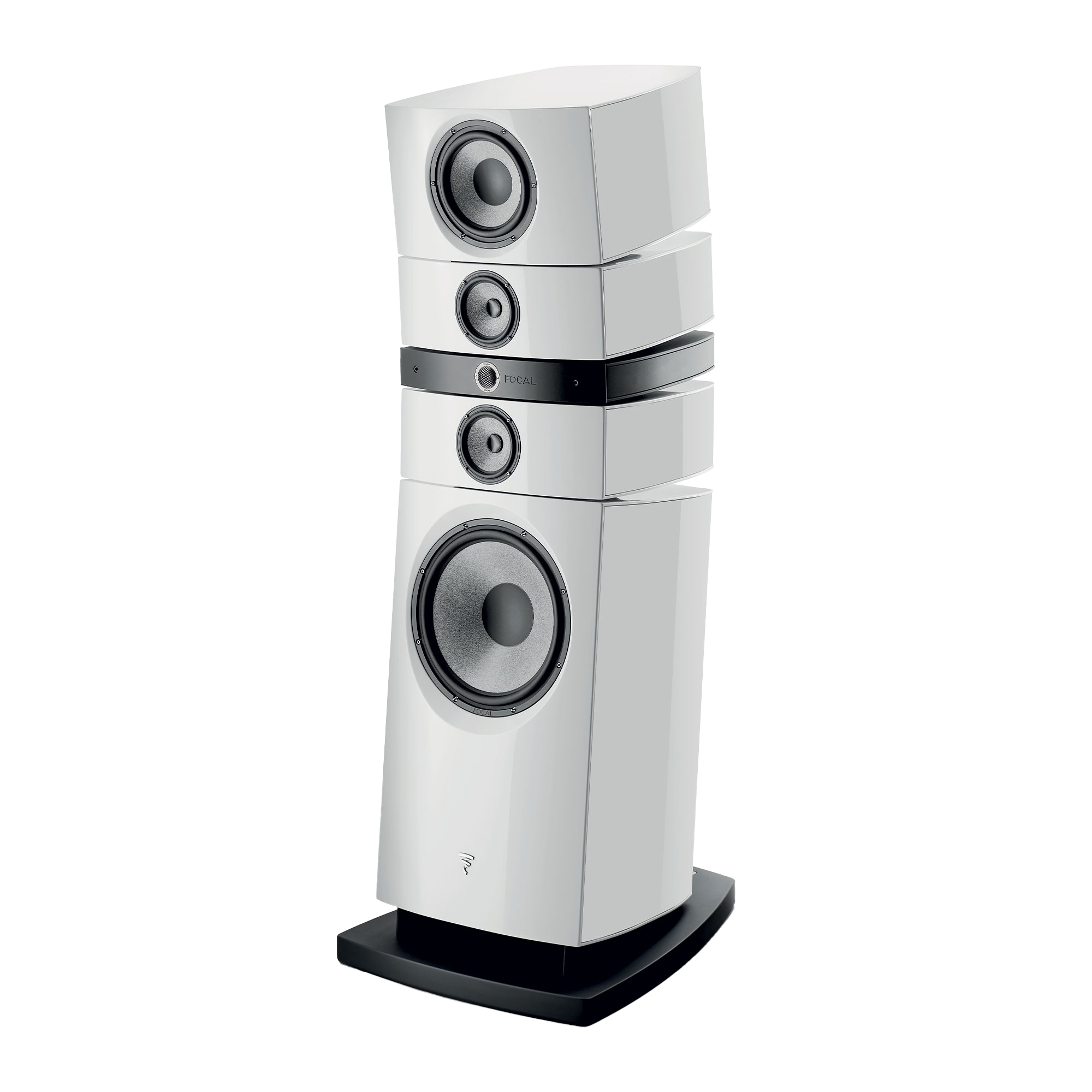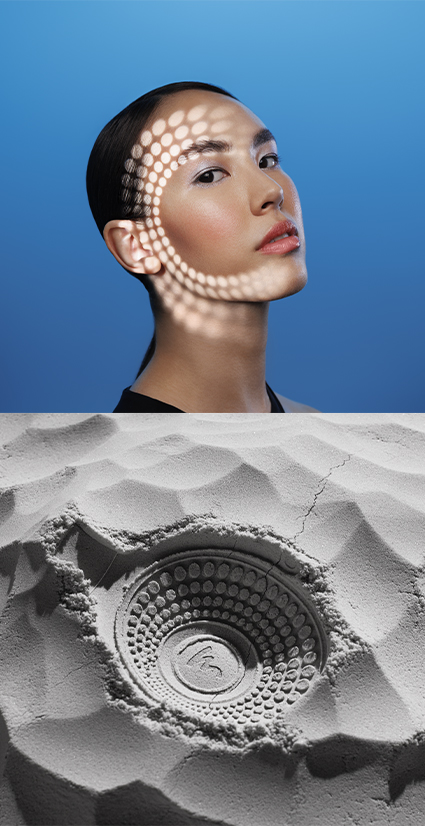Magnetic energy
The performance of a loudspeaker is directly linked to the magnetic energy transmitted by the magnet - a subject that Focal knows well, having invented original and technically advanced solutions such as the Multiferrite magnet, which remains one of the brand's technological signatures. But permanent magnets are power-limited, and in the context of a reference woofer, this is a real problem. Because a woofer should combine at least two essential performances: high efficiency and the ability to go down in frequency. To get down to low frequencies, you can play with the flexibility of the surround and spider, but above all you need to increase the mass of the cone. If you increase the mass, the efficiency drops. And to compensate for this drop, you need to increase the motor's power. This is where the limits of the permanent magnet come into play, forcing a compromise between efficiency and resonant frequency.

Performance
Focal's only solution was to reconsider the very existence of the permanent magnet. We adopted an electro-magnet for our Grande and Stella Utopia EM woofers. Thanks to the latest simulation software and materials, this extreme solution, which goes back to the very origins of the loudspeaker, has been optimized to deliver the desired strength, and is now the subject of a patent. The magnetic flux in the air gap reaches 1.75 Tesla (0.9 for the woofer in the previous Grande Utopia Be, despite its Multiferrite magnet) to deliver a force factor (the motor's true power) of 34 T.m. Objective achieved: efficiency for 1 W at 1 m reaches 97 dB, while the resonance frequency drops to less than 24 Hz. That's the real performance.
Focal products using this technology
Discover other Focal technologies
REMOTE AMPLIFIER IN CURRENT MODE
"M" profile Béryllium Tweeter
Infinite Horn Loading

JOIN THE COMMUNITY
Get a sneak preview of the latest audio innovations and new products from Focal and Naim by subscribing to our exclusive newsletters. Be among the first to benefit from privileged information delivered straight to your inbox.
Newsletter
New products and limited editions
Invitations to exclusive events
Benefit from special offers




